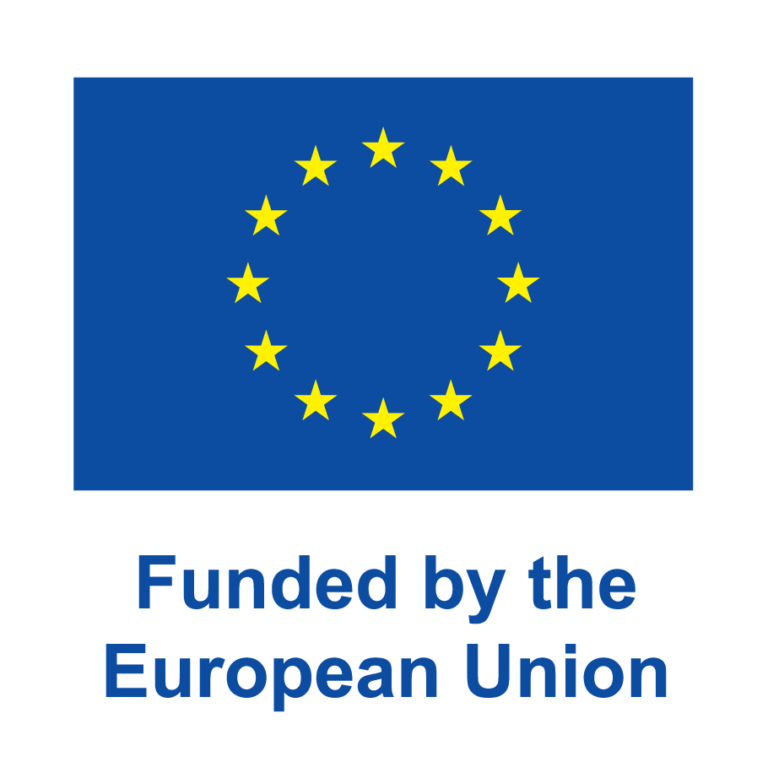Interviews: LAGÜELA, Susana (USAL)



Dr. LAGÜELA, Susana
Professor at the Department of Cartographic and Terrain Engineering, University of Salamanca (USAL)

What is your role in CHAMELEON?
As a member of the TIDOP research group at University of Salamanca, our role in the CHAMELEON project encompasses leading the commercialization and business activities, while also playing a key role in the effective communication and dissemination of the project’s results. This ensures that the findings reach the appropriate audiences and contribute meaningfully to the field.
In addition to these responsibilities, we are deeply involved in the development of the geospatial platform, as well as various bundles within the livestock and forestry sectors. These efforts are directed towards enhancing decision-making processes and fostering sustainable development in rural areas.

How does your expertise contribute to the overarching goals of the CHAMELEON project?
Our expertise significantly contributes to the CHAMELEON project through a combination of theoretical knowledge and practical experience in geospatial projects. This dual approach enables us to transfer deep academic insights into practical applications effectively. Furthermore, the geographical proximity of our faculty to rural areas facilitates close interactions with end-users. This direct engagement allows us to develop and provide high-quality, effective solutions that can be immediately implemented in the field.

What specific challenges in European livestock management is CHAMELEON designed to address?
CHAMELEON is specifically designed to tackle a range of challenges in European livestock management, with a focus on cattle and sheep. Key areas of our work include monitoring livestock health using IoT collars and thermal imaging technology. This innovative approach allows for continuous health assessment, potentially leading to early detection of illnesses. Additionally, we are addressing the issue of locating lost animals by employing image recognition algorithms, a significant step in ensuring animal safety and efficient herd management. Another notable challenge we’re tackling is lameness detection in livestock. By analyzing posture and movement patterns, we aim to identify lameness early, which is vital for animal welfare and can significantly impact productivity in livestock farming.

Considering your specialization, how do you foresee CHAMELEON revolutionizing the forestry landscape?
CHAMELEON is set to revolutionize forestry management through intelligent decision-making tools, focusing on optimizing forest maintenance, particularly in cleaning wildland-urban areas and river zones to prevent flooding. This comprehensive approach also includes the automated detection of pest outbreaks in forested areas, augmenting our ability to respond to ecological threats. Additionally, we enhance fire management strategies by establishing strategic firebreaks and promptly identifying fires, thereby safeguarding both forests and adjacent communities.

What feedback mechanisms are in place for rural inhabitants to voice their concerns or suggestions about CHAMELEON?
CHAMELEON’s main priority is addressing the concerns of European citizens, which is why we have established various channels for them to share their suggestions and comments about the project. These include both in-person and digital platforms. We organize workshops where stakeholders can engage directly with the project team, providing an opportunity for live discussion and feedback. In addition, we host webinars and are active on various social media channels, including Twitter and LinkedIn, to facilitate broader and more flexible engagement. We also encourage feedback through email, offering a direct and personalized way to communicate with us. Our commitment to continuous improvement is steadfast, and we are always eager to learn about new challenges that can further enhance rural environments.




